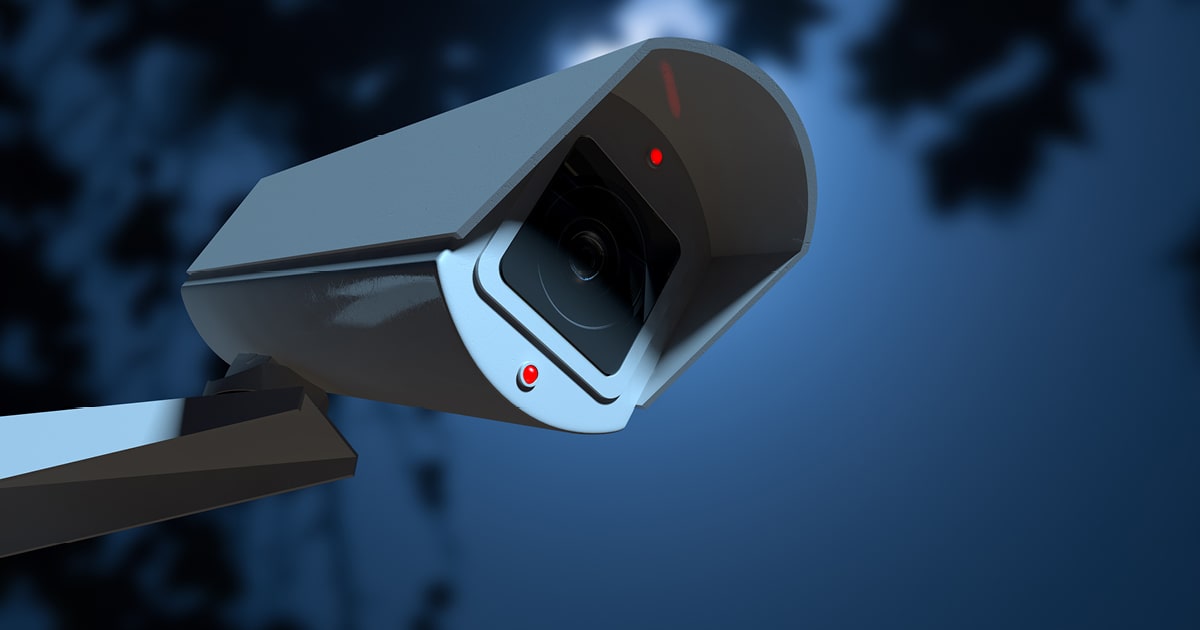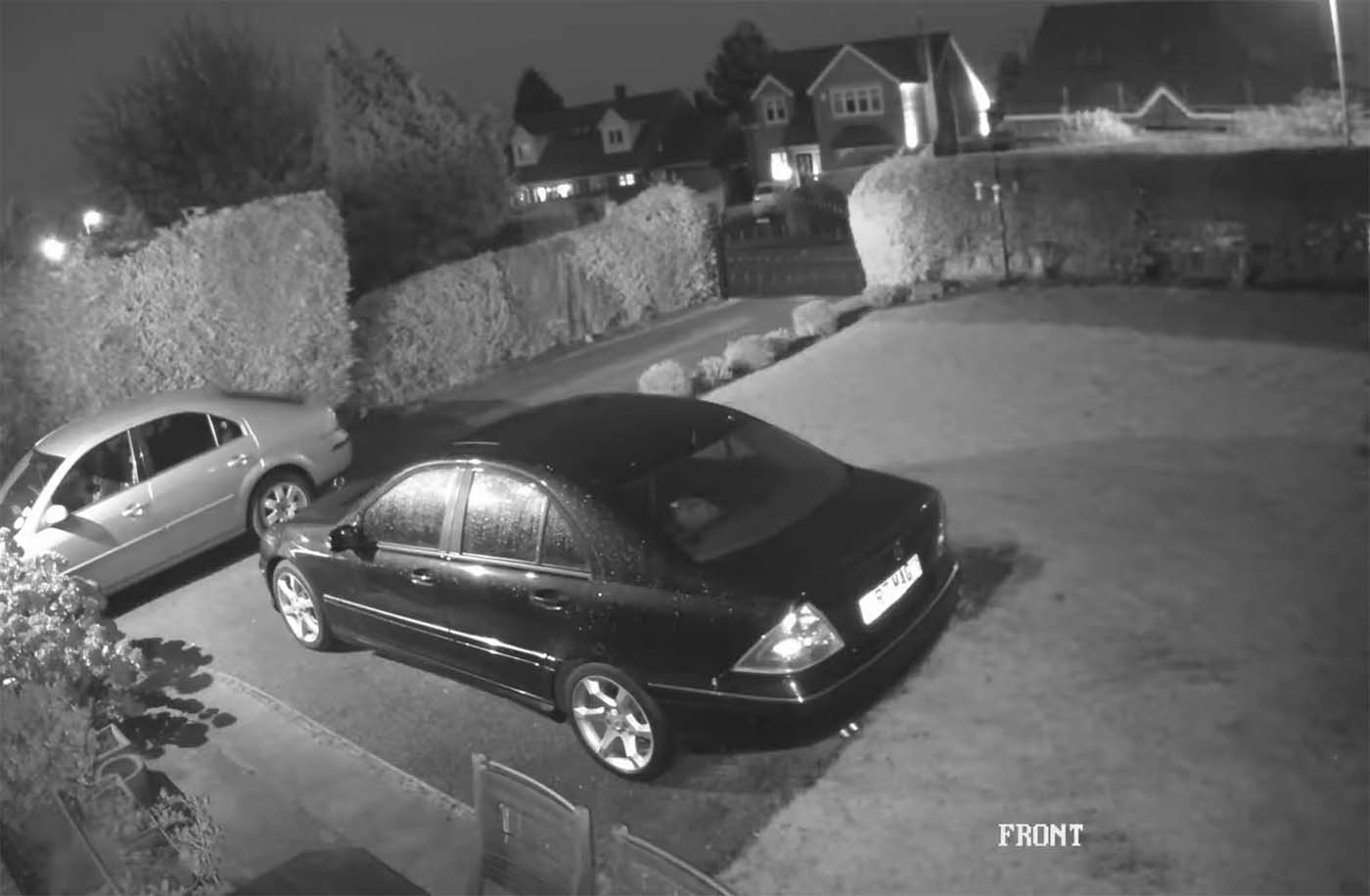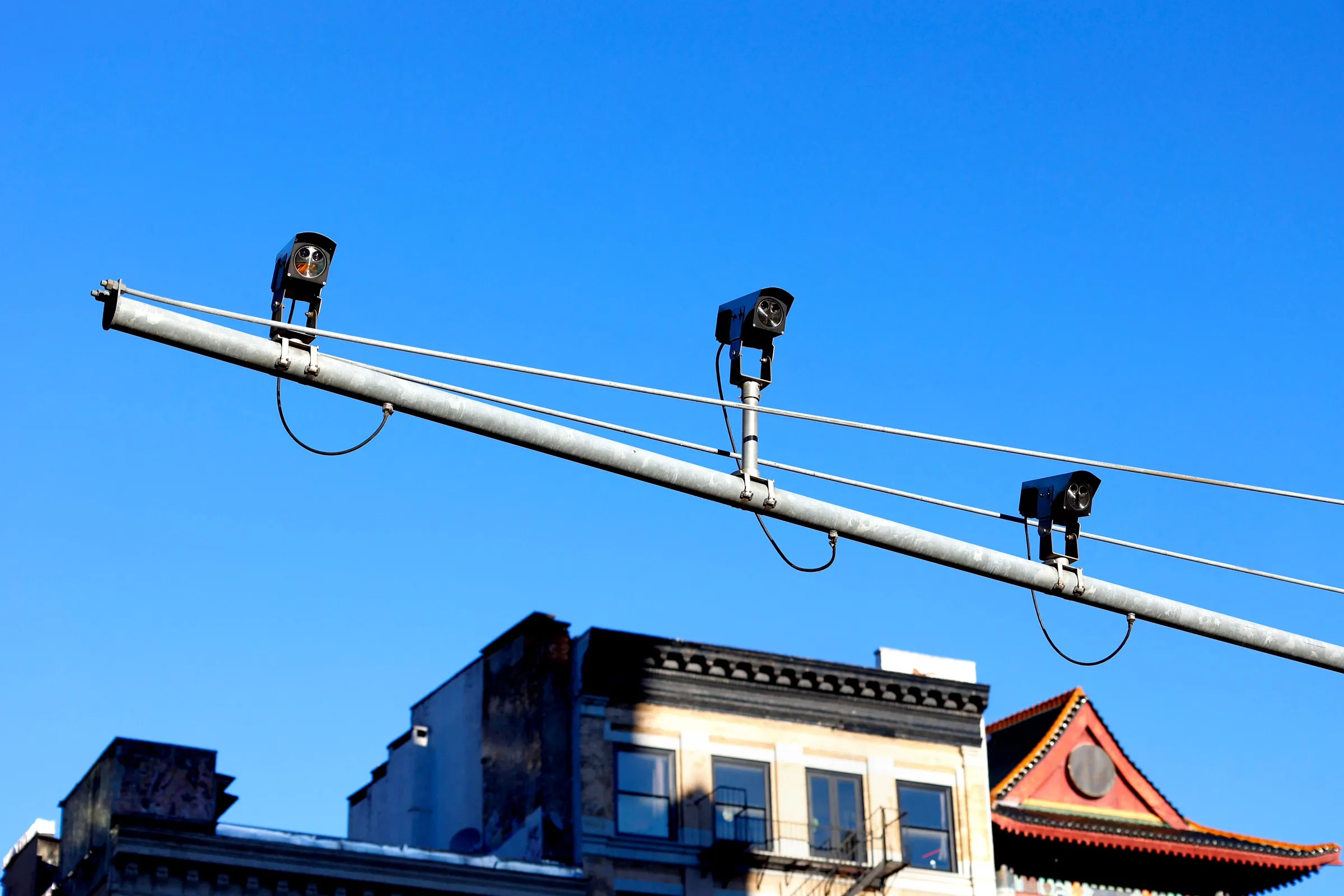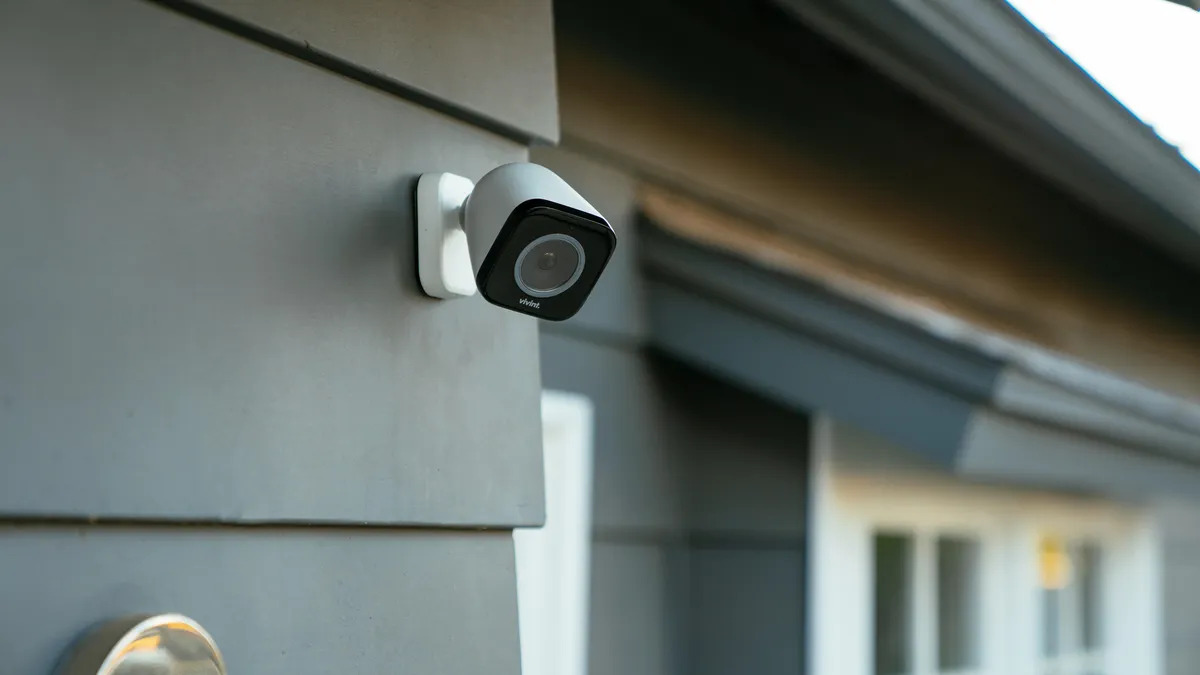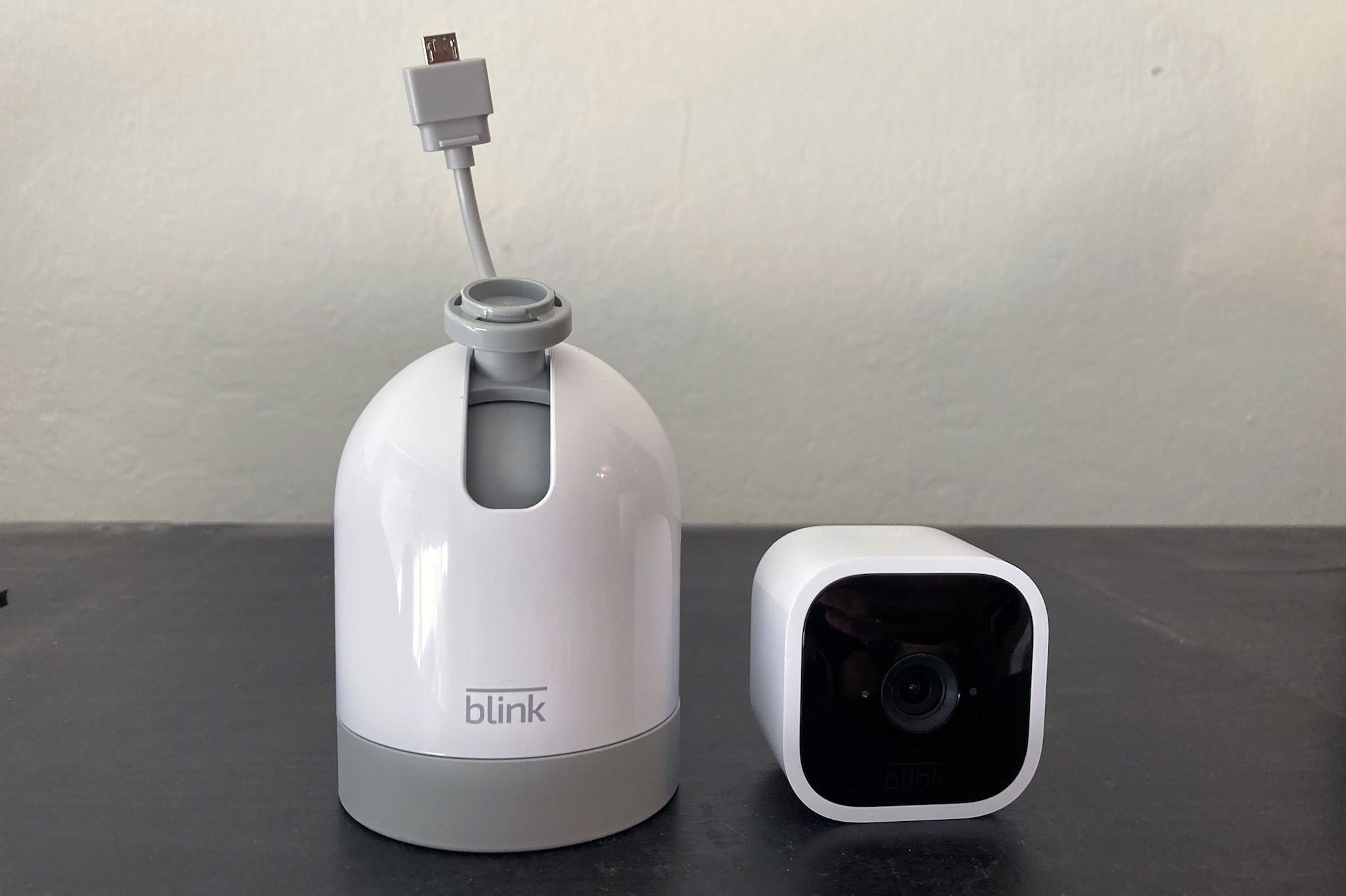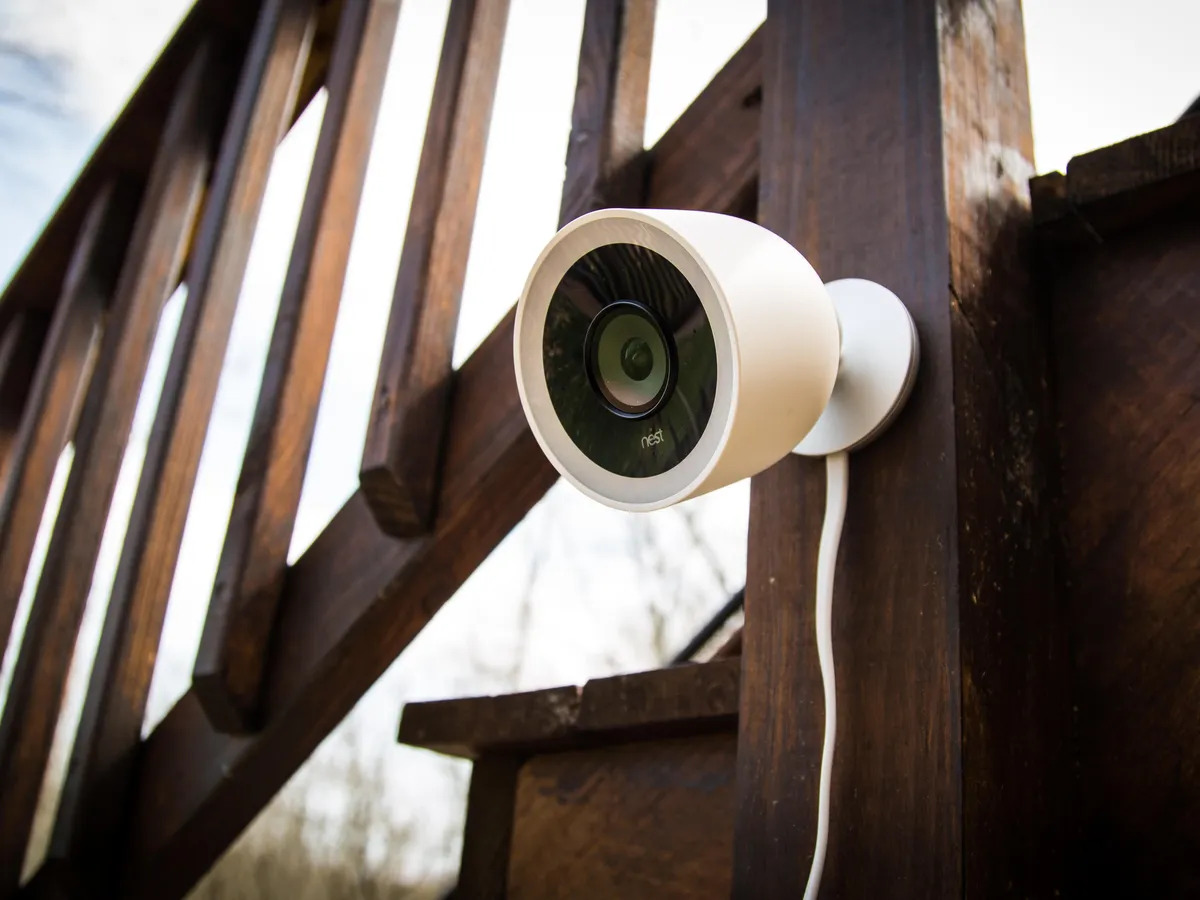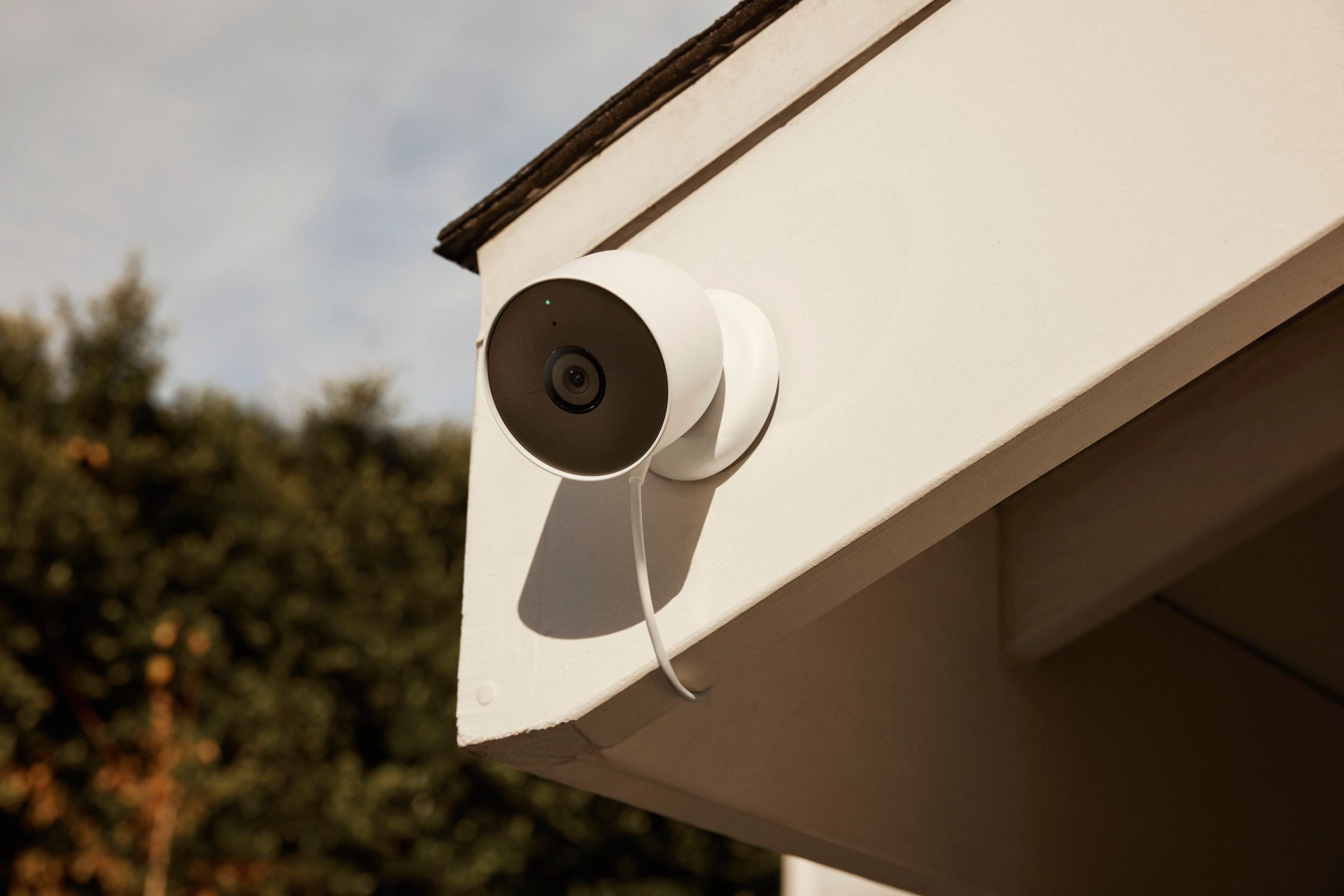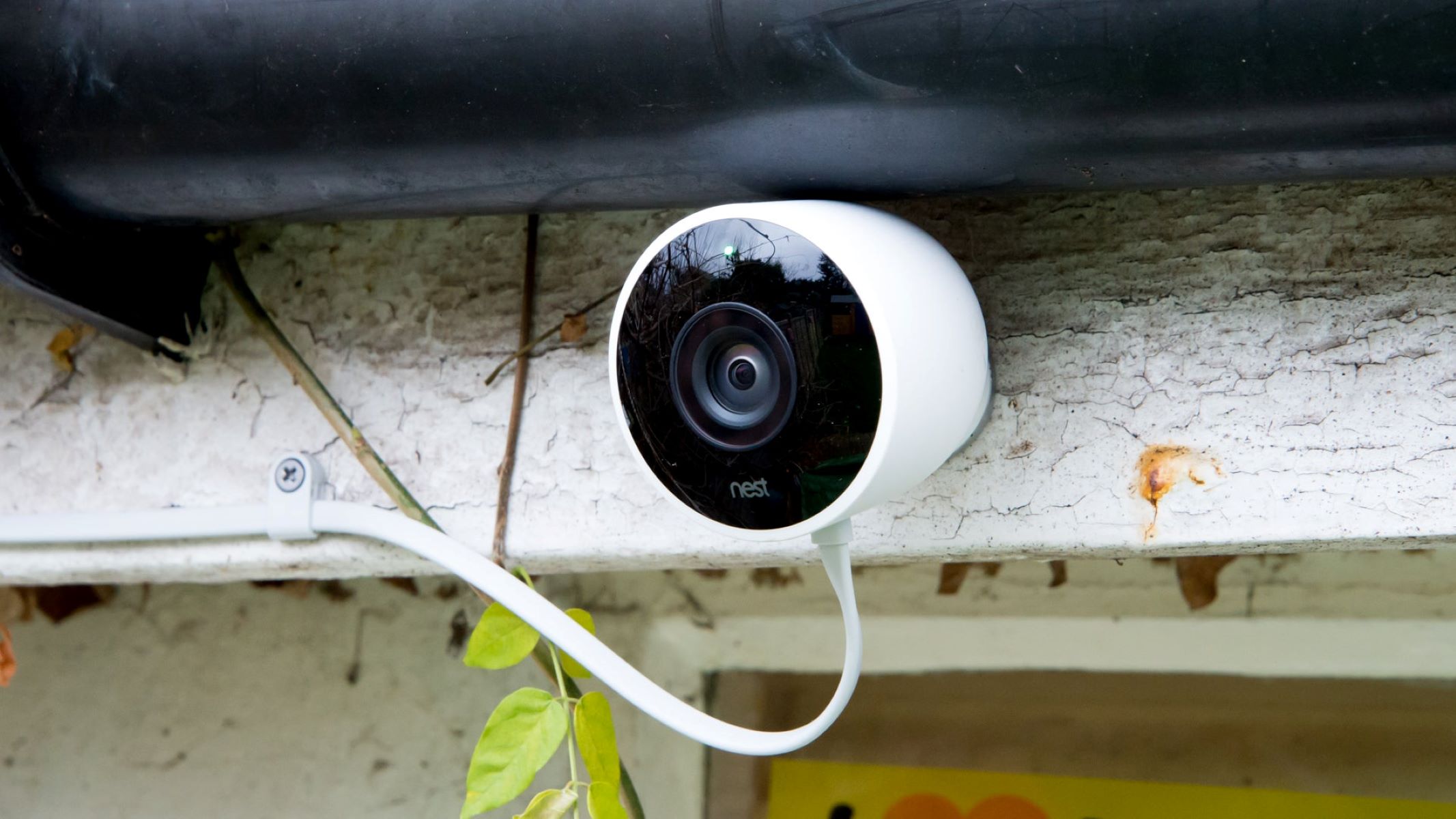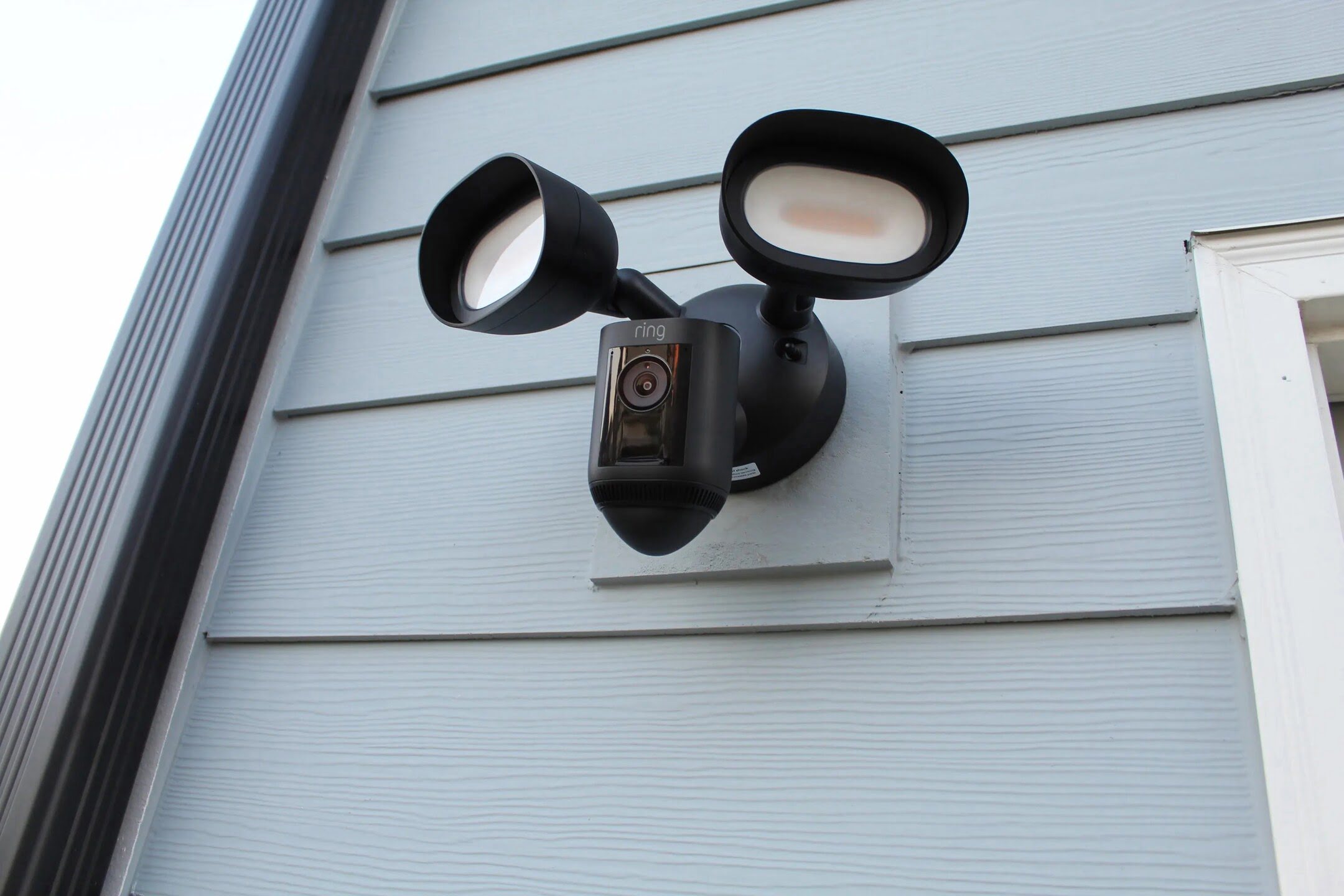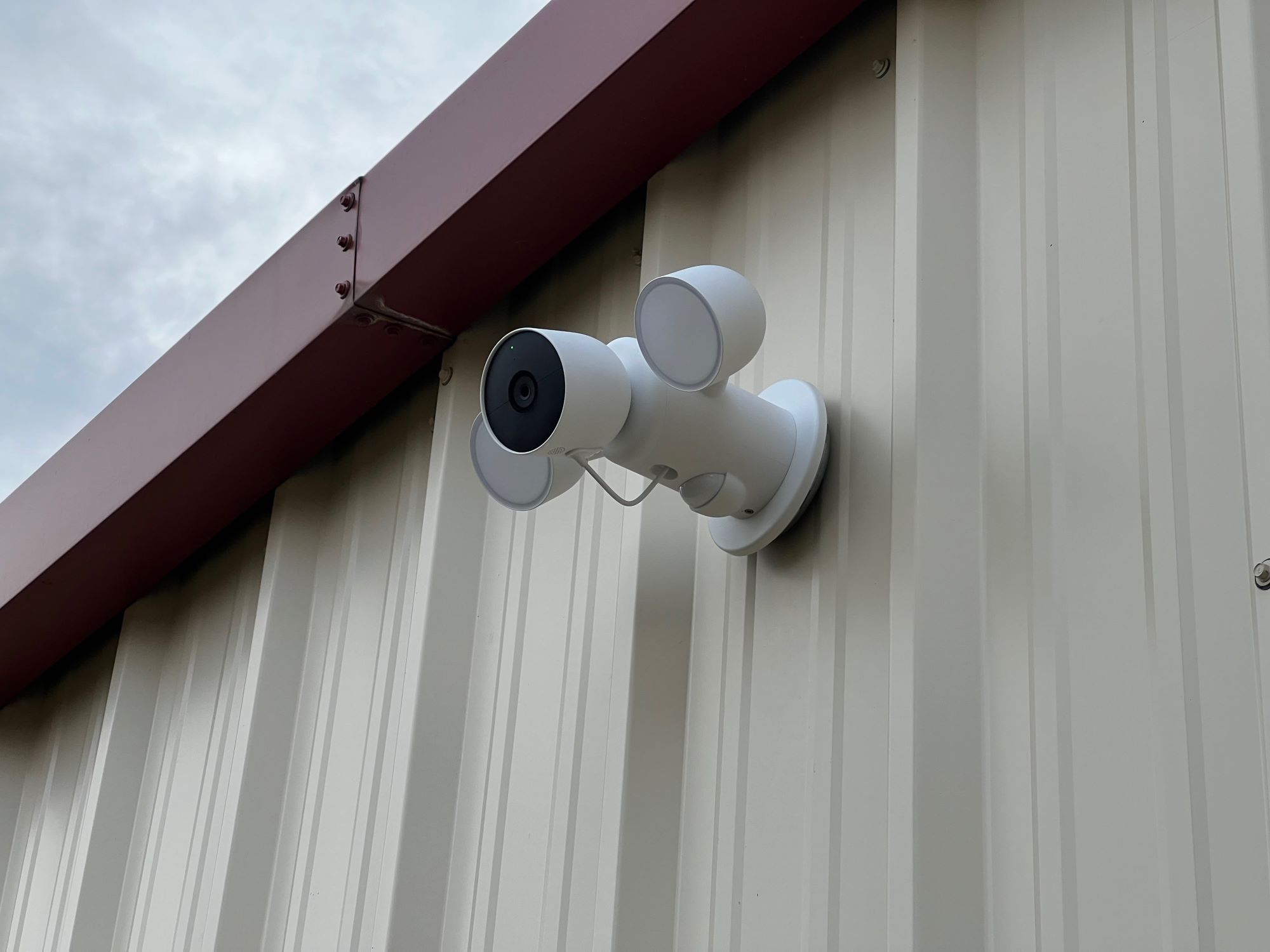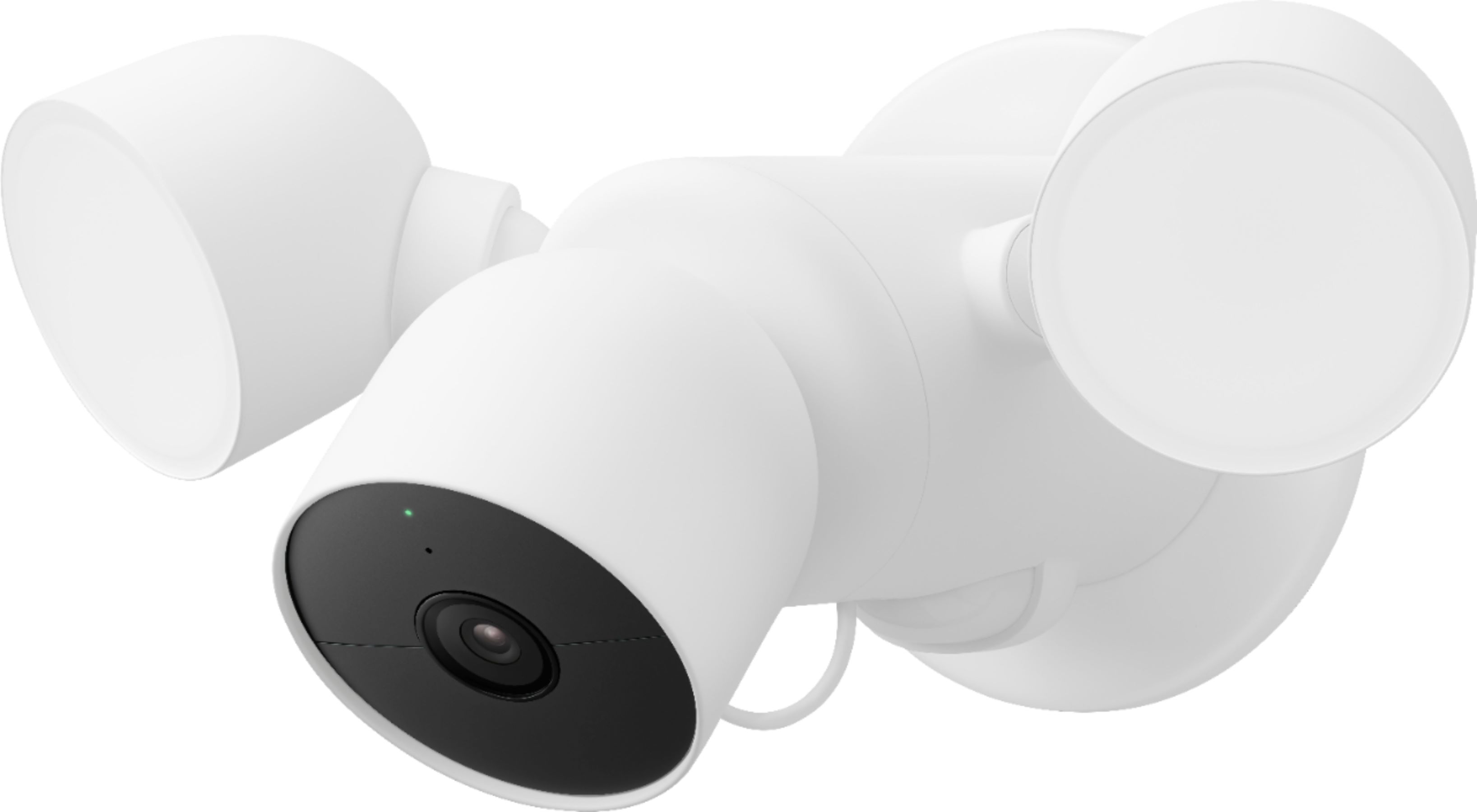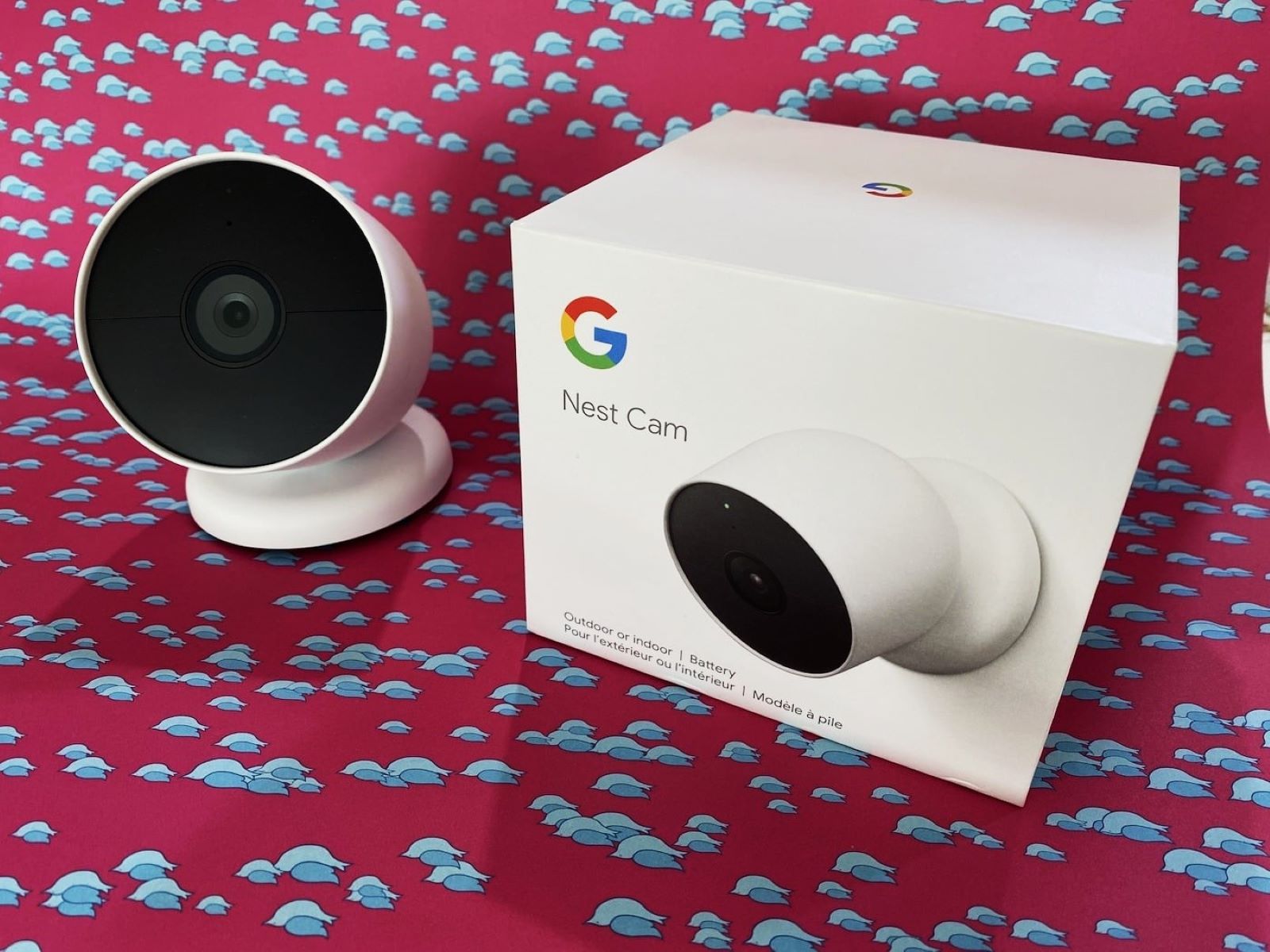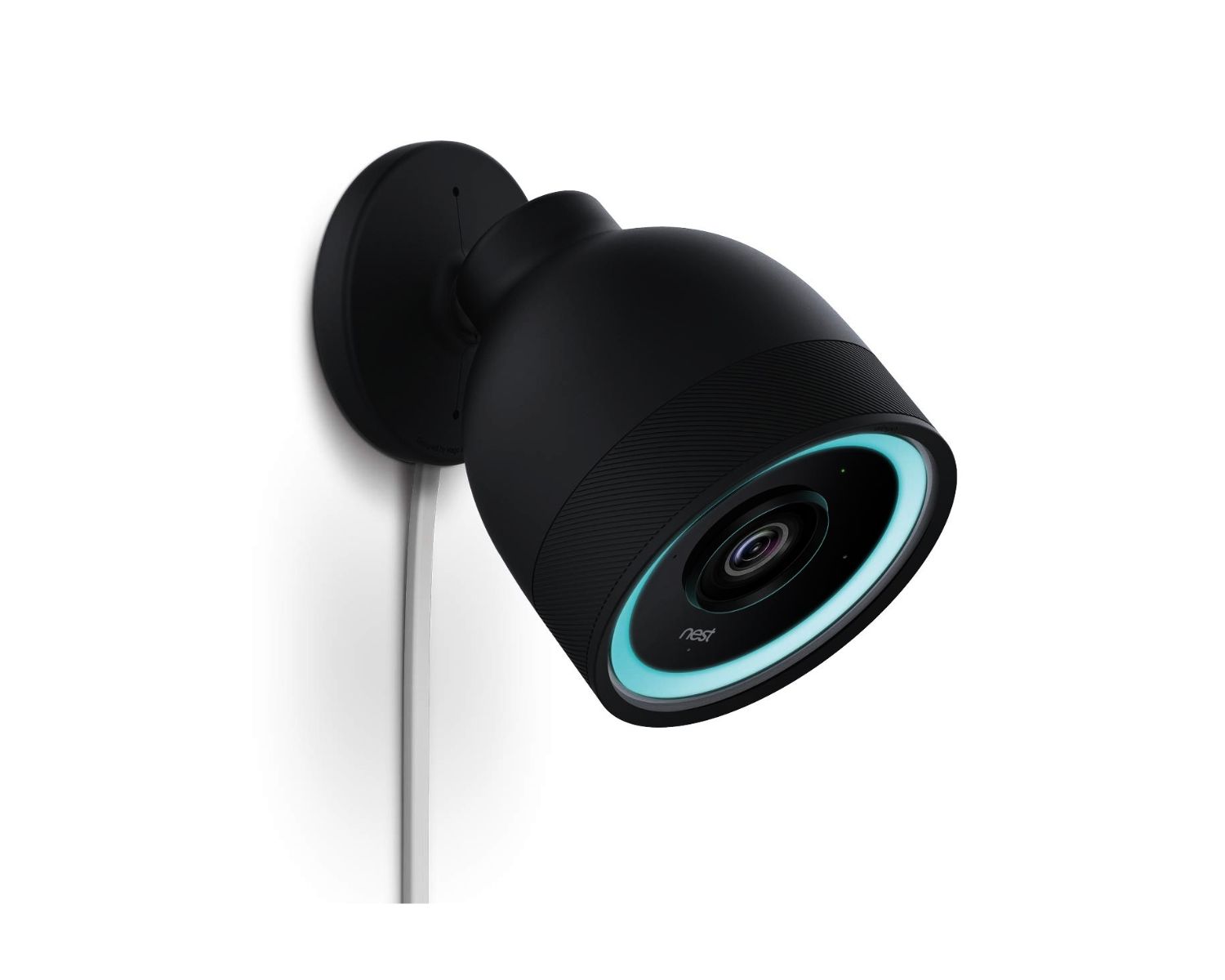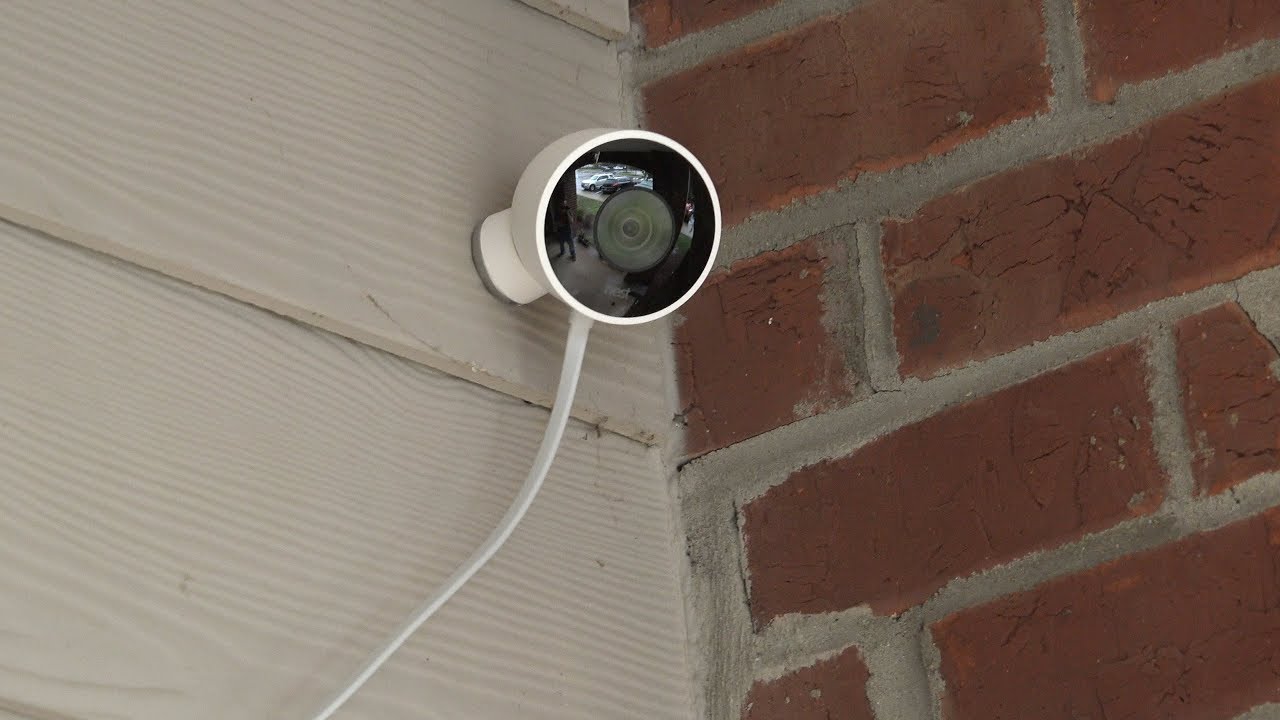Home>Home Security and Surveillance>How Far Away Can Nest Outdoor Camera See
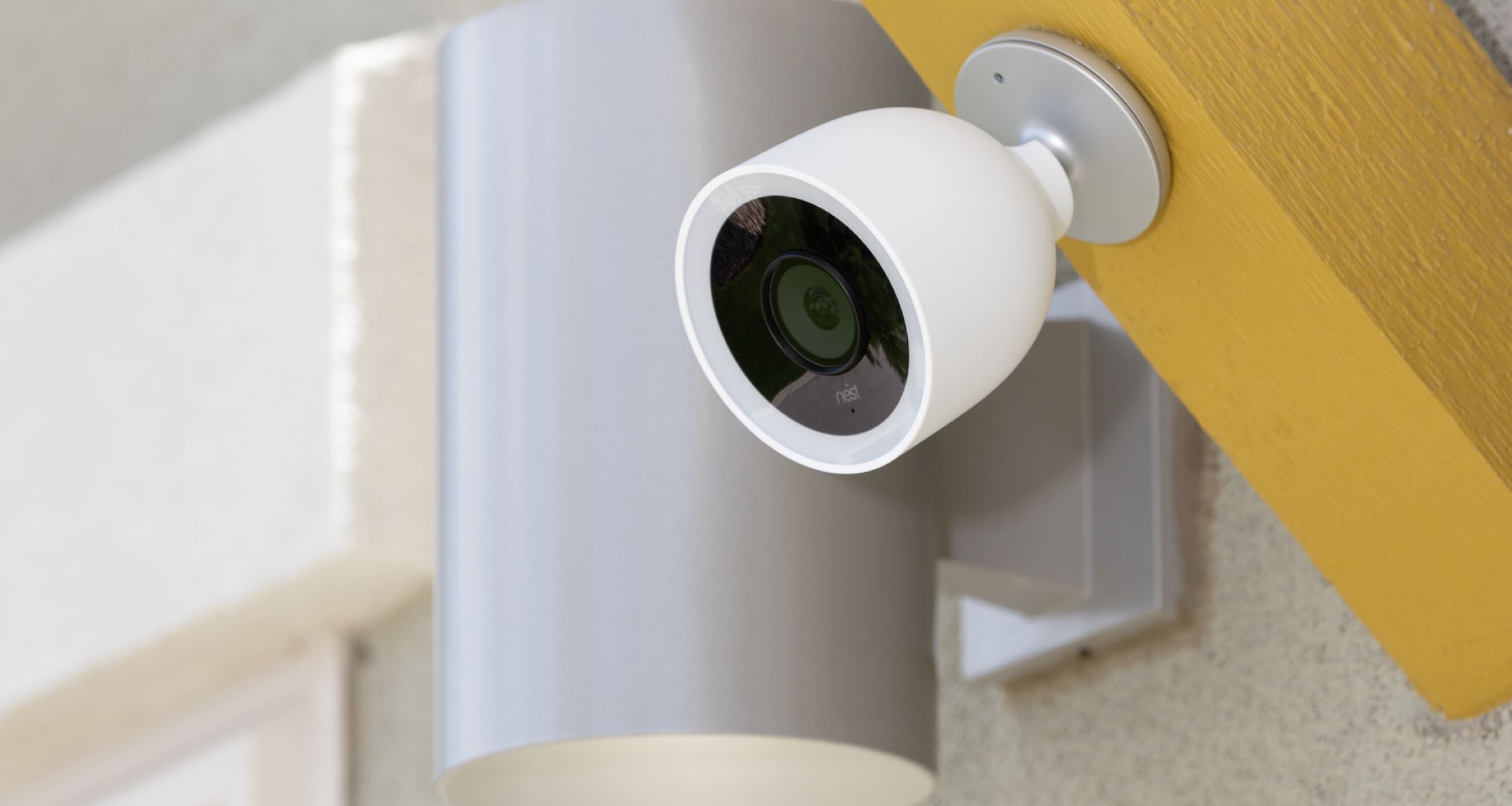

Home Security and Surveillance
How Far Away Can Nest Outdoor Camera See
Modified: October 20, 2024
"Enhance your home security and surveillance with Nest Outdoor Camera's impressive range. Discover how far it can see and monitor your surroundings effectively."
(Many of the links in this article redirect to a specific reviewed product. Your purchase of these products through affiliate links helps to generate commission for Storables.com, at no extra cost. Learn more)
Introduction
Welcome to the world of home security and surveillance! In an era where safety and protection are paramount, it’s essential to invest in cutting-edge technology that keeps our homes and loved ones secure. One such technology that has taken the market by storm is the Nest Outdoor Camera.
Designed to provide seamless monitoring and high-quality video footage, the Nest Outdoor Camera has become a popular choice for homeowners who want to keep a watchful eye on their property. But how far can this camera actually see? In this article, we’ll delve into the factors that affect the camera’s range and explore its capabilities in different scenarios.
Before we dive into the specifics, let’s take a moment to understand the Nest Outdoor Camera itself. This device is a weatherproof outdoor security camera that connects to your home’s Wi-Fi network, allowing you to access live video footage from anywhere via a smartphone app or web browser.
The Nest Outdoor Camera features advanced technology including high-definition video recording, motion detection, and two-way audio communication. It also offers night vision capability for round-the-clock surveillance. With its sleek design and user-friendly interface, the Nest Outdoor Camera seamlessly integrates into any home security system.
Key Takeaways:
- The Nest Outdoor Camera can see up to 130 feet, but obstructions and weather can affect its range. Position it strategically for optimal surveillance coverage.
- Night vision allows the Nest Outdoor Camera to monitor in low-light conditions, but its range is limited to around 20-30 feet. Regular maintenance ensures clear footage.
Read more: How Far Can School Outdoor Cameras See
Understanding the Nest Outdoor Camera
Before we delve into the camera’s range, let’s take a closer look at its features and functionality. The Nest Outdoor Camera is equipped with a high-resolution lens that captures clear and detailed video footage. With its wide-angle lens, it can capture a broad field of view, allowing you to monitor a large area of your property.
The camera is designed to be weatherproof, ensuring its durability and reliability in various outdoor conditions. Whether it’s rain, snow, or extreme temperatures, the Nest Outdoor Camera is built to withstand the elements while delivering optimum performance.
One of the key highlights of this camera is its ability to connect wirelessly to your home network. This allows you to access live video feeds and recorded footage remotely, providing you with peace of mind and control over your home security even when you’re away.
The Nest Outdoor Camera also comes with advanced motion detection capabilities. It can detect and notify you of any movement within its field of view. You can customize the sensitivity of the motion detection feature to ensure you receive alerts for relevant events, such as a person approaching your property, while minimizing false alarms triggered by innocuous movements.
In addition to motion detection, the Nest Outdoor Camera supports two-way audio communication. This means you can not only see what’s happening in real-time but also communicate with anyone near the camera through the built-in speakers and microphone. This feature provides an added layer of security and convenience, allowing you to interact with visitors, delivery people, or even potential intruders.
Lastly, the camera is designed with night vision capabilities. Using infrared technology, it can capture clear video footage even in low-light or no-light conditions. This ensures that your property remains monitored 24/7, regardless of the time of day.
Overall, the Nest Outdoor Camera offers an impressive range of features and functionality that make it a top choice for home security and surveillance. Its high-resolution lens, weatherproof design, wireless connectivity, motion detection, two-way audio, and night vision capabilities combine to deliver a comprehensive and reliable security solution.
Factors Affecting the Camera’s Range
When it comes to the range of the Nest Outdoor Camera, several factors come into play. Understanding these factors will help you determine the optimal placement and positioning of the camera to achieve the best possible coverage.
One of the primary factors that affect the camera’s range is a clear line of sight. For optimal performance, the camera should have an unobstructed view of the area you want to monitor. Any physical obstacles such as walls, trees, or other structures can limit the camera’s range and may obstruct the quality of the video footage.
In addition to physical obstructions, environmental factors can also impact the camera’s range. Inclement weather conditions like heavy rain or thick fog can reduce visibility and affect the camera’s performance. It’s important to consider these factors when positioning the camera for outdoor surveillance.
Another consideration is the distance between the camera and the Wi-Fi router. The camera relies on a reliable Wi-Fi connection to transmit the video feed and receive commands. If the camera is positioned too far away from the router, it may experience signal loss or degradation, which can affect the range and quality of the video footage.
Furthermore, the strength and reliability of your internet connection play an important role in the camera’s range. A slow or unreliable internet connection can result in delays or interruptions in the video feed, impacting the real-time monitoring experience.
Lastly, the camera’s night vision capabilities also play a part in its range. The infrared technology used for night vision has a limited range, typically around 20 to 30 feet. Therefore, the camera’s ability to capture clear footage in low-light or no-light conditions may be reduced beyond this distance.
By considering these factors, you can optimize the range and performance of your Nest Outdoor Camera. Positioning the camera in a location with a clear line of sight, minimizing environmental obstructions, ensuring a strong Wi-Fi signal, and understanding the limitations of night vision will help you maximize the camera’s effectiveness in monitoring your home.
Clear Line of Sight
Having a clear line of sight is crucial for the optimal performance and range of the Nest Outdoor Camera. When positioning the camera, it’s important to ensure that there are no physical obstacles obstructing its view.
Physical obstructions such as walls, trees, or large objects can limit the camera’s range and affect the quality of the video footage. These obstacles can block or distort the camera’s field of view, resulting in blind spots or reduced visibility in certain areas.
To achieve a clear line of sight, consider the layout of your property and identify areas that may have potential obstructions. If there are trees or shrubs near the surveillance area, ensure that they are trimmed and do not hinder the camera’s view. Similarly, position the camera in a way that it avoids any walls or structures that may block its line of sight.
Keep in mind that the Nest Outdoor Camera is designed with a wide-angle lens, allowing it to capture a broad field of view. However, it’s still important to position the camera strategically to avoid any potential blind spots.
Furthermore, it’s important to consider the placement of the camera in relation to the areas you want to monitor. For example, if you want to monitor your front porch, ensure that the camera is positioned in such a way that it has a direct line of sight to that specific area. This will ensure that you capture clear and detailed footage of any activity in that area.
By ensuring a clear line of sight for your Nest Outdoor Camera, you can maximize its range and ensure that it effectively surveils the areas you intend to monitor. Regularly check for any potential obstructions and make adjustments as needed to maintain optimum visibility and coverage.
The Nest Outdoor Camera can see up to 130 feet away, but the actual distance may vary depending on factors such as the environment and lighting conditions.
Obstructions and Environmental Factors
When it comes to the range and performance of the Nest Outdoor Camera, obstructions and environmental factors play a significant role. These factors can impact the camera’s visibility and overall effectiveness in capturing clear video footage.
One of the primary obstructions to consider is physical structures such as walls, fences, or buildings. These obstacles can block the camera’s view and limit its range. For example, if there is a wall between the camera and the area you want to monitor, the camera will not be able to capture a clear image of that area.
In addition to physical obstructions, vegetation such as trees, shrubs, or overgrown bushes can also affect the camera’s visibility. Branches or leaves in the camera’s line of sight can lead to blurry or distorted video footage. It’s important to regularly trim and maintain any vegetation near the camera to ensure a clear field of view.
Moreover, environmental factors such as weather conditions can impact the camera’s range and performance. Heavy rain, thick fog, or snowfall can decrease visibility and affect the quality of video footage. In extreme cases, these conditions may even render the camera’s night vision feature less effective.
It’s also important to consider the position of the camera in relation to the sun. Direct sunlight can cause glare or lens flare, which can impair the camera’s ability to capture clear images. Positioning the camera away from direct sunlight or using sunshades can help mitigate this issue.
Additionally, extreme temperatures can affect the camera’s performance. Freezing temperatures can cause condensation or frost buildup on the lens, which may obstruct the camera’s view. Similarly, sweltering heat can overheat the camera and impact its overall function. Ensure that the camera is installed in a location that is protected from extreme temperature fluctuations.
Overall, being mindful of potential obstructions and environmental factors can help optimize the range and performance of the Nest Outdoor Camera. Regular maintenance, positioning the camera strategically, and making necessary adjustments based on weather conditions will ensure that you get the best possible video footage for your surveillance needs.
Read more: How Far Can Home Security Cameras See
Night Vision and Low-Light Conditions
The Nest Outdoor Camera is equipped with night vision capabilities, allowing it to capture clear video footage even in low-light or no-light conditions. This feature ensures that your property remains monitored 24/7, regardless of the time of day.
The camera uses infrared (IR) technology to provide night vision functionality. IR light is invisible to the human eye but is detected by the camera’s sensor. When the ambient light level falls below a certain threshold, the camera automatically switches to night vision mode.
With its night vision capabilities, the Nest Outdoor Camera can capture black and white video footage in low-light situations. It utilizes IR LEDs (Light-Emitting Diodes) to illuminate the area and enhance visibility in the absence of natural or artificial light sources.
The range of the camera’s night vision varies depending on the model and the specific environment. On average, the Nest Outdoor Camera’s night vision can reach a distance of around 20 to 30 feet. However, factors such as the level of darkness, the reflectivity of surfaces, and the presence of obstructions can affect the actual range.
It’s important to note that as the distance increases, the clarity and level of detail captured by the camera may diminish. Objects that are farther away may appear less defined, and fine details may become harder to discern. To ensure the best possible night vision performance, it’s recommended to position the camera within its optimal range for clear imagery.
In addition to capturing video footage, the Nest Outdoor Camera’s night vision mode is also capable of detecting and recognizing motion in low-light conditions. This allows the camera to alert you to any movement or activity, even when it’s dark outside.
For optimal night vision performance, it’s crucial to keep the camera’s lens clean and free from dirt, dust, or any other obstructions. Regularly check and clean the lens to ensure that the camera can accurately capture the surrounding environment, especially during low-light conditions.
Overall, the night vision capabilities of the Nest Outdoor Camera provide added security and peace of mind. Whether it’s keeping an eye on your property at night or monitoring dimly lit areas, the camera’s ability to capture clear video footage in low-light conditions ensures that you have continuous surveillance and reliable evidence if needed.
Maximum Range of the Nest Outdoor Camera
The maximum range of the Nest Outdoor Camera depends on various factors, including the specific model, environmental conditions, and line of sight. While the camera is designed to capture clear video footage within a certain range, it’s important to understand the limitations and adjust your expectations accordingly.
On average, the Nest Outdoor Camera’s range can extend up to 130 feet (40 meters). However, keep in mind that this range is affected by both physical obstructions and environmental factors.
Physical obstructions such as walls, trees, or buildings can reduce the range of the camera. The camera needs a clear line of sight to the area you want to monitor in order to capture the best quality video footage. Placement that avoids obstructions and provides an unobstructed view is key to maximizing the camera’s range.
Environmental factors also play a role in the camera’s range. Inclement weather conditions such as heavy rain, fog, or even snowfall can affect visibility and reduce the camera’s effective range. It’s important to take these factors into account when positioning the camera and considering its range capabilities.
Another factor to consider is the strength and reliability of your Wi-Fi signal. The Nest Outdoor Camera relies on a stable Wi-Fi connection to transmit video footage and receive commands. If the distance between the camera and the Wi-Fi router is too far, or if there are multiple walls or obstacles in between, the Wi-Fi signal may weaken and impact the camera’s range.
Additionally, the night vision range of the Nest Outdoor Camera is typically around 20 to 30 feet. Beyond this distance, the camera’s ability to capture clear footage in low-light conditions may diminish.
It’s important to note that the maximum range stated by the manufacturer may not always match the actual range you experience in your specific environment. Factors such as signal interference, the presence of other wireless devices, or the layout of your property can also impact the camera’s performance and range.
By understanding the factors that influence the camera’s range and taking them into consideration, you can make informed decisions about the placement and positioning of your Nest Outdoor Camera. This will help you maximize its effectiveness and ensure that you have reliable surveillance coverage for your home.
Conclusion
The Nest Outdoor Camera is a powerful and versatile tool for home security and surveillance. With its advanced features, including high-definition video recording, motion detection, two-way audio, and night vision capabilities, it offers homeowners a comprehensive solution for monitoring their property.
When considering the range of the Nest Outdoor Camera, it’s important to take into account factors such as clear line of sight, obstructions, environmental conditions, and the strength of the Wi-Fi connection. By positioning the camera strategically and considering these factors, you can optimize its range and ensure that it captures clear and detailed video footage.
Remember that physical obstructions, such as walls or trees, can limit the camera’s range and hinder its performance. Regularly maintain the area around the camera to avoid any potential obstructions and ensure a clear line of sight.
Environmental factors, including inclement weather or extreme temperatures, can also impact the camera’s range and functionality. Consider these factors when positioning the camera and take necessary precautions to protect it from extreme conditions.
The night vision capabilities of the Nest Outdoor Camera provide added security and 24/7 surveillance. However, keep in mind that the range of the night vision feature is limited, and the level of detail captured may diminish as the distance increases.
Understanding the maximum range of the Nest Outdoor Camera and its limitations will help you make informed decisions about its placement and optimize its performance for your specific needs. By taking these factors into consideration, you can ensure that your property remains monitored and safeguarded at all times.
In conclusion, the Nest Outdoor Camera offers a remarkable solution for home security and surveillance. With its range of features, it provides homeowners with peace of mind and the ability to monitor and protect their property effectively.
Frequently Asked Questions about How Far Away Can Nest Outdoor Camera See
Was this page helpful?
At Storables.com, we guarantee accurate and reliable information. Our content, validated by Expert Board Contributors, is crafted following stringent Editorial Policies. We're committed to providing you with well-researched, expert-backed insights for all your informational needs.
